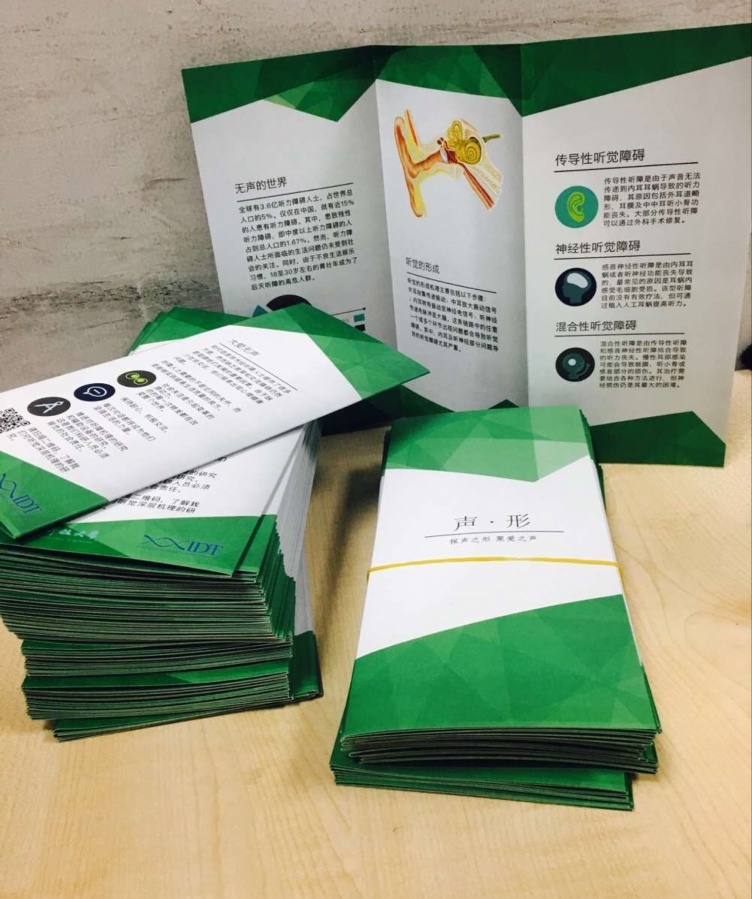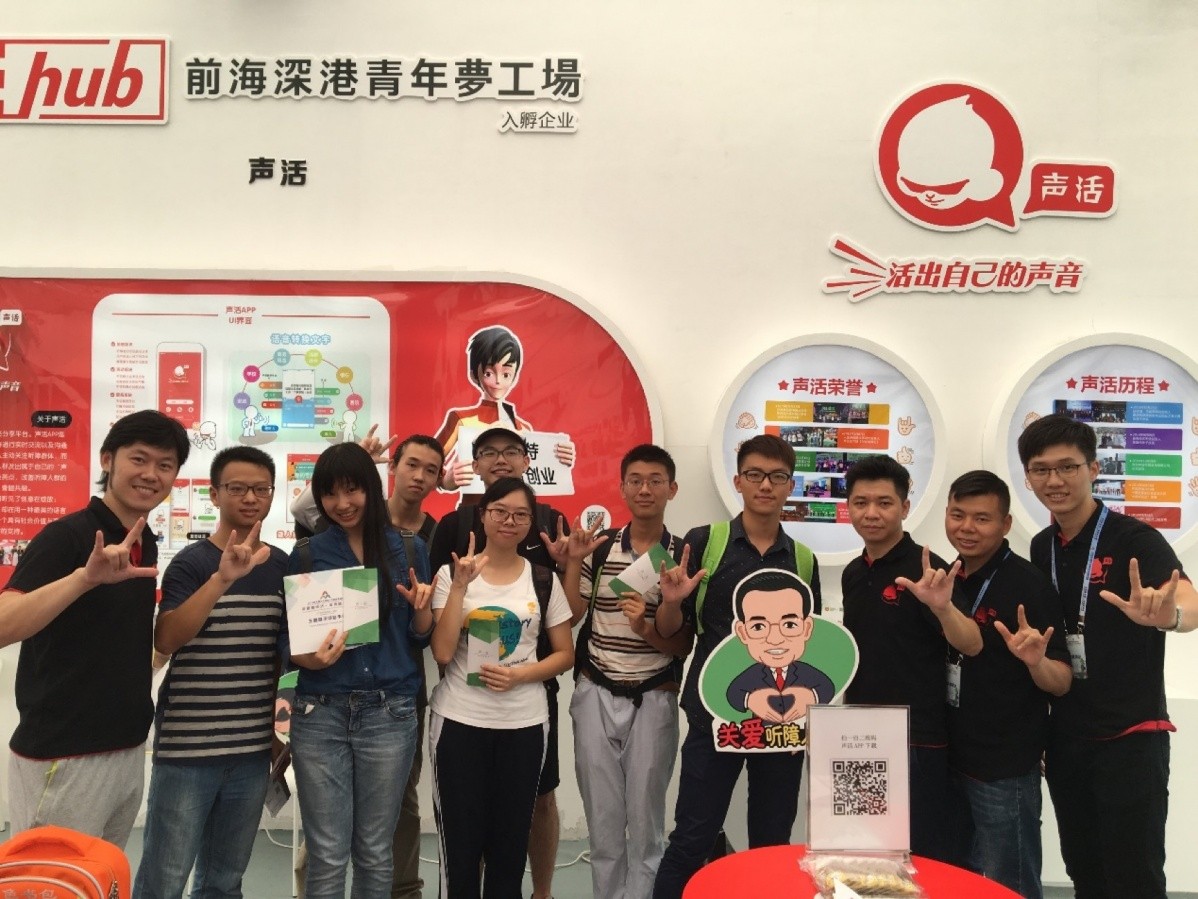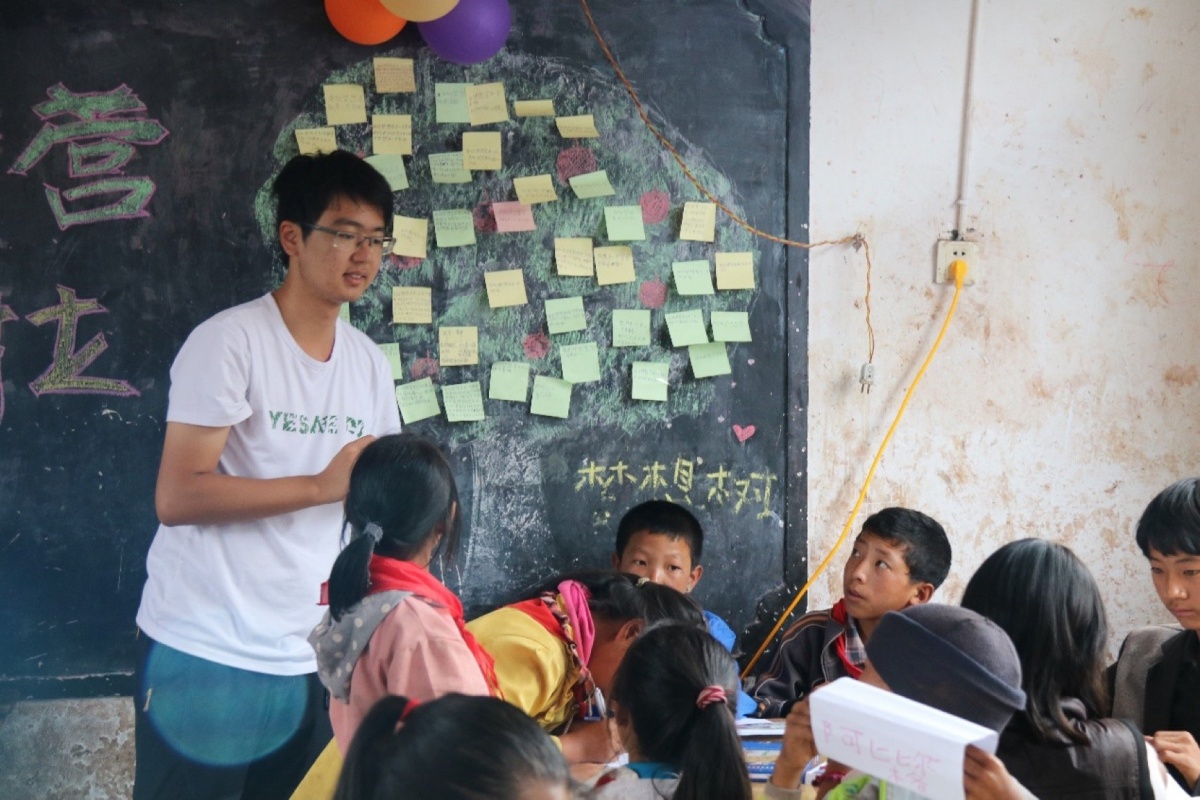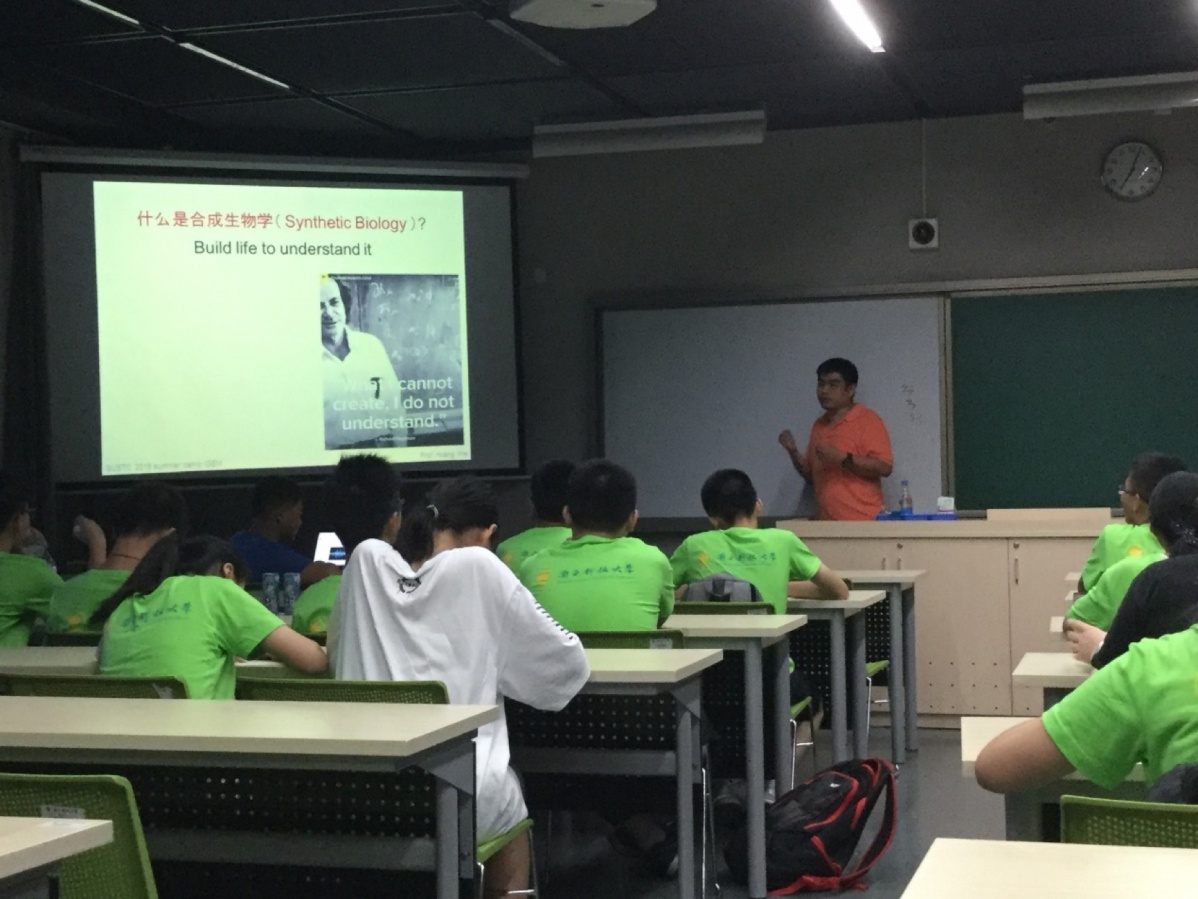
Human Practices
Silver
Contents
Introduction
Our understanding of the world is based on our senses, including vision, hearing, touch, olfactory and etc.. People with disability in sensing understand the world in a differently way.
Hearing loss, also known as hearing impairment, is a worldwide problem. There are more than 360 million hearing-impaired people around the world, accounting for 5% of the world’s total population.[1] Hearing loss causes inconvenience to people, for which hearing-impaired people lead a hard life comparing to normal hearing people when fitting into the society, suffering from problems like unemployment and etc..
This year, inspired by the status of hearing loss issues all over the world, we designed audio-genetics system with the hope of making progress in fundamental research on hearing mechanisms. Our Human Practice was naturally focused on the propagation of works we did and promotion of public concern about hearing-impaired people.
Education of synthetic biology
To enhance the public awareness about natural science and synthetic biology, we prepared lectures for people from different works of life.
Pupil & middle school students in rural areas in China
In summer 2016, our team members went to remote areas in Gansu and Sichuan Province in China for volunteer works. They taught primary and middle school students with synthetic biology in an imaginative and creative way. As a feedback, they drew pictures about what synthetic biology is in their mind.
Summer Camp students from high school
In summer 2016, we gave a lecture to high school students attending SUSTech Summer Camp by us with a lecture for them. We introduced synthetic biology and iGEM and our project concept. Actually we always want to inspire those youngsters and we hope several years later, it are them who push synthetic biology forward and make great progress.
Promotion of public concern
In addition to fundamental research, we also made progress in improving the public awareness about hearing loss. We designed our human practice step by step. Firstly, to know hearing-impaired people better, we learned a lot from different aspects. Then, we designed a questionnaire to investigate the attitudes of normal people towards people with hearing loss. Because we found most people lacked the knowledge about hearing loss, we designed a handout contains science popularization information about hearing and treatment. To further develop our ideas, we made outreach cooperation with commonweal organizations and companies.
1.Consultation
To obtain more information about the life of hearing-impaired people, we consulted specialists work in various areas, as well as managers of local charities or official associations. At the same time, we introduced our project and their suggestions helped us a lot to promote our project.
- Law
We wanted to learn policies about the rights of people with hearing loss and the investigation process in case of surdomute criminal suspects. We consulted Justice Liu and a legal practitioner, Miss Zhao. It is said that in China, the Criminal Law and the Law of Criminal Procedure Law aim to embody the humanitarian. Deaf and mute are given appropriate preferential treatment and Summary Proceeding cannot be applied in these cases.
- Advanced research
We consulted Prof. Chen Fei who studies hearing aids and speech recognition technology for cochlear implants. He stressed the importance of attention to hearing-impaired people, because this big problem has not been concerned enough as it deserved. At the same time, he believes that, as direct and efficient currently, hearing aids and CIs cannot solve the problem of hearing loss thoroughly. Protect our ears to prevent more hearing impairment cases, together with elaborate studies on hearing, tend to a more profound and lasting resolution.
- Medication
After consulting with otologist, we learnt some knowledge about treatment for hearing-loss people. To deal with the limitations of current therapies, we believe that we should advocate people to protect their ears and improve the social acceptance of hearing-impaired people and discover better resolutions for treatment.
- Charity associations
We consulted several local charity associations about the activities they organize for hearing-impaired population. We also expressed our interests and we hope to further our Human Practices after the Jamboree. We also cooperate with Southern University of Science and Technology Volunteer (SUV), a charity group organized by students in SUSTech. They are now planning to helping with hearing-impaired people.
2. Social Investigation
We designed a questionnaire on the internet (link: sojump ) and investigated whether people know about iGEM and their experiences related to hearing-impaired people. We collected about 500 answers. Results showed that most people actually do not have the experiences communicating with hearing-impaired people. However, people were willing to communicate and help with people with hearing loss, which promoted the organization of more activities.
3.Handout
As we found that most people lack the knowledge about hearing loss and treatment from the results of our questionnaire, we designed, printed and spreaded a handout contains science popularization information about hearing and treatment. This handout introduced how we sense sound, the classification of hearing loss, current treatment, and how to prevent hearing loss.

4.Commonweal organizations cooperation
We contacted some charity organizations which regularly provide lectures and information for the public. We recommended SUV to collaborate with them and create more opportunities for SUSTecher to help people with hearing loss. In the future, we plan to join these organizations and call for more people to participate. Also, due to the considerable people who showed their interests to learn sign language during our investigation, we will propagandize these charities on our social media constantly.
5. Company cooperation
We designed a lot of activities in common with a software company developed an application named Deaf Life. The APP can help with real time communication for hearing-impaired people and thus improve living quality of them. They displayed their APP on the Innovative and Entrepreneurial Talent Activities (IETA) was held in Shenzhen on Oct. 13-15th, and Chinese Premier Li Keqiang also visited their exhibition on Oct. 13th. As for now, we promoted their APPs on our social media. We will invite them to our school for a talent show and other activities. In addition, we sent them our booklets introducing ear caring tips and calling on public awareness on hearing loss.
Company cooperation
Notably, in the questionnaire, some interviewees suggested that there could be some applications (APPs) on cellphone, functioning to simplify the communication between normal people and hearing-impaired people, and thus make people with hearing loss convenient to contact.
Luckily, the Innovative and Entrepreneurial Talent Activities (IETA) was held in Shenzhen on Oct. 13-15th. There is a software company fulfilled this proposal. It is worth mentioning that two leader of their team are people suffering from hearing disability. The application, named Deaf Life, can help with real time communication for hearing-impaired people and thus improve living quality of them. It was said on their website that, Deaf Life is not only a way for more people to pay attention to the hearing-impaired group, but also to attract more hearing impaired people to express their own "voice", to display their own talent and highlights. It also allows them to live better in our society, to the world, when communication with other groups is no longer an obstacle.” ([http://www.deaflife.cn/ See more] ).

Multiple Integration
At the beginning of our project, we set up our goal as sound visualization. We prepared for every part of our project based on papers we searched. We found that the sound receptor is the biggest problem for the construction of the whole system, while there is no direct receptor of sound on cell membrane. During our Human Practice consultation, one of the professors, Fangyi Chen, who studied on artificial cochlea gave us a hint about looking for mechanically gated channels in human ears. Actually, the normal function of ears is dependent on a system that realize amplification and subsequent transduction from sound wave to shear force. Given those suggestions, we read a paper about channels on plant cell membrane may take responsibility for their ability of sound sensing, which suggests the possible applications of our project. [3] Also, we designed microfluidics and other stimulus to test our system. When we studied advanced knowledge about sound-sensitive channels, we consulted Dr. Zhiyi Wei majoring in Biochemistry& Structural Biology suggested that if we want to achieve better efficiency, we ought to use directed evolution methods to strengthen the sensitivity on protein level.
References



